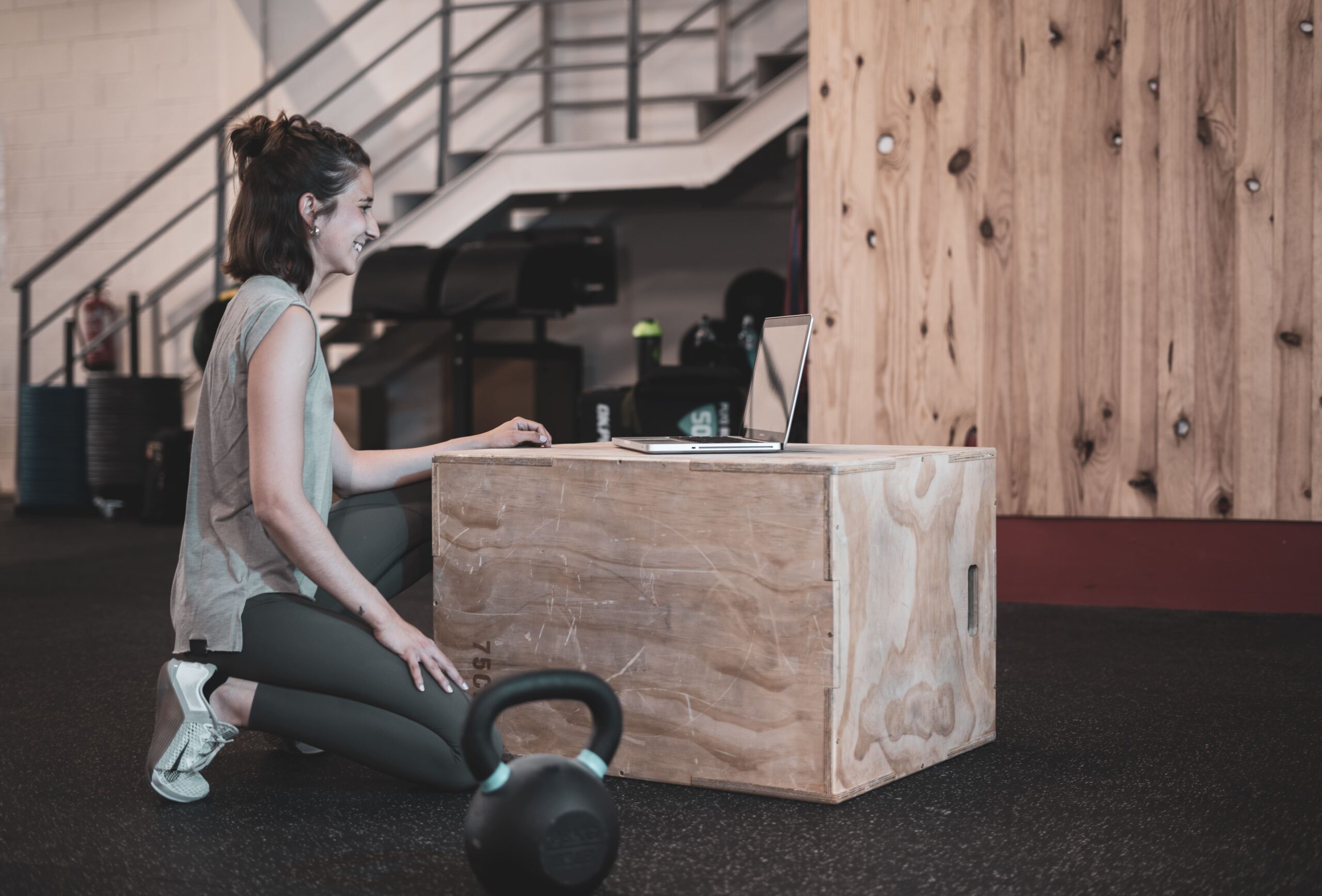If you run a gym – or are about to open one – you already know: your gym equipment is more than just a collection of machines. It’s the foundation of your service offering, your brand identity, and ultimately, your commercial success. It’s not just about what you buy – it’s about how you create a space where people want to train, improve… and come back.
So what’s the best gym equipment for fitness centres in 2025? Which machines truly deliver long-term value? And what do members expect from a modern gym today?
Gym Equipment: Sometimes Less Is More
A few years ago, a typical gym featured one machine per muscle group – chest press, leg extension, lat pulldown. Today, things have shifted. More and more gym operators are combining traditional strength machines with versatile tools from the world of functional training.
Members are seeking more movement, more variety, and more freedom. Workouts are now shorter, more intense, and more personalised. Your training equipment needs to reflect that shift.
What Matters Most: Quality, Versatility, Experience
Modern fitness equipment should deliver on two key aspects:
- Multi-functionality: A medicine ball isn’t just for one use – it’s part of HIIT sessions, core routines, and warm-ups.
- Durability: Your gym equipment must endure daily use, drops, and high-rep group workouts.
Essential Gym Equipment for a Professional Fitness Centre
Your gym equipment selection should be based on your concept and your members’ needs – but certain elements are must-haves for most modern gyms:
1. Strength Machines & Free Weights
These are the foundation for both beginners and experienced users. Key items include:
- Olympic bars, racks & bumper plates
- Smith machines & cable stations
- Dumbbells and kettlebells
This mix supports both isolated and functional strength training, perfect for a broad user base.
2. Purpose-Driven Cardio Equipment
Instead of filling your floor with dozens of cardio machines, many operators now opt for fewer, but more targeted options:
- Rowing machines or SkiErgs for interval sessions
- Incline or curved treadmills for more realistic running patterns
- Air bikes for group workouts or Hyrox-style training
The key is to ensure that every piece of cardio equipment gets used – not just gathers dust.
3. Functional Training Zone: High Impact in a Small Space
Even gyms not focused on CrossFit are adding functional areas – and for good reason.
- Plyo boxes, battle ropes, wall balls
- Sleds, slam balls, core trainers
- Resistance bands & mobility tools
These spaces encourage free movement, instructor-led group sessions, and give your gym a more dynamic feel beyond rows of machines.
Quality Pays Off – Especially Long-Term
Functional gym equipment needs to be tough. Budget gear may look good at first, but often can’t withstand the demands of group classes or intense hybrid training.
Choose quality from the start:
- Reputable brands with local service and spare parts
- Non-slip surfaces, safe grips & tested load capacities
- Modular equipment that grows with your business
Smarter Management: Digital Gym Equipment Tracking
What many underestimate: even the best equipment is ineffective without proper usage and maintenance. Tools like Resawod help you stay in control:
- Which zones are in use – and when?
- How many equipment are used?
- What equipment do you need for your next group class?
Digital oversight reduces breakdowns, cuts costs, and improves the member experience.
Conclusion: The Right Gym Equipment Builds the Future of Your Fitness Centre
Choosing the best gym equipment for your fitness centre isn’t a matter of chance. It’s about aligning with your concept, community, and vision. Whether you invest in classic strength machines, functional tools, or smart integrations – it’s all about cohesion.
Because a well-equipped gym doesn’t just function. It lives, breathes, and inspires.


